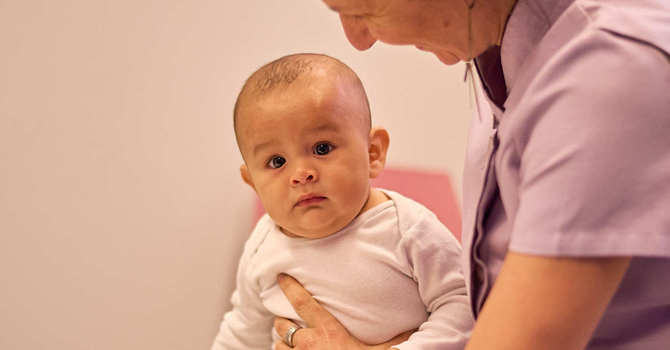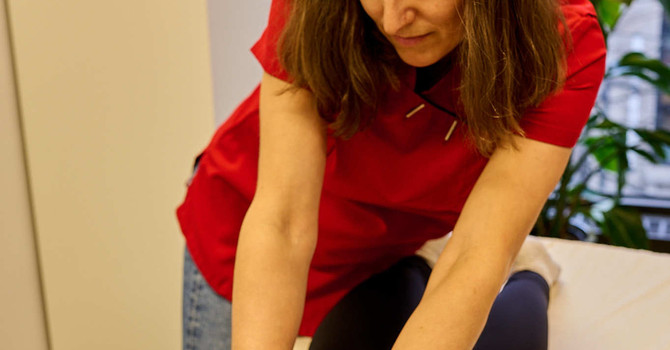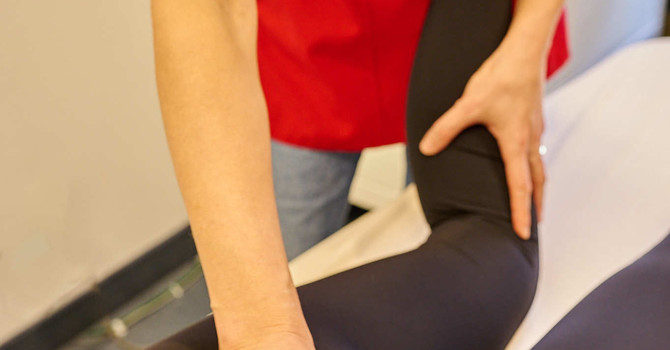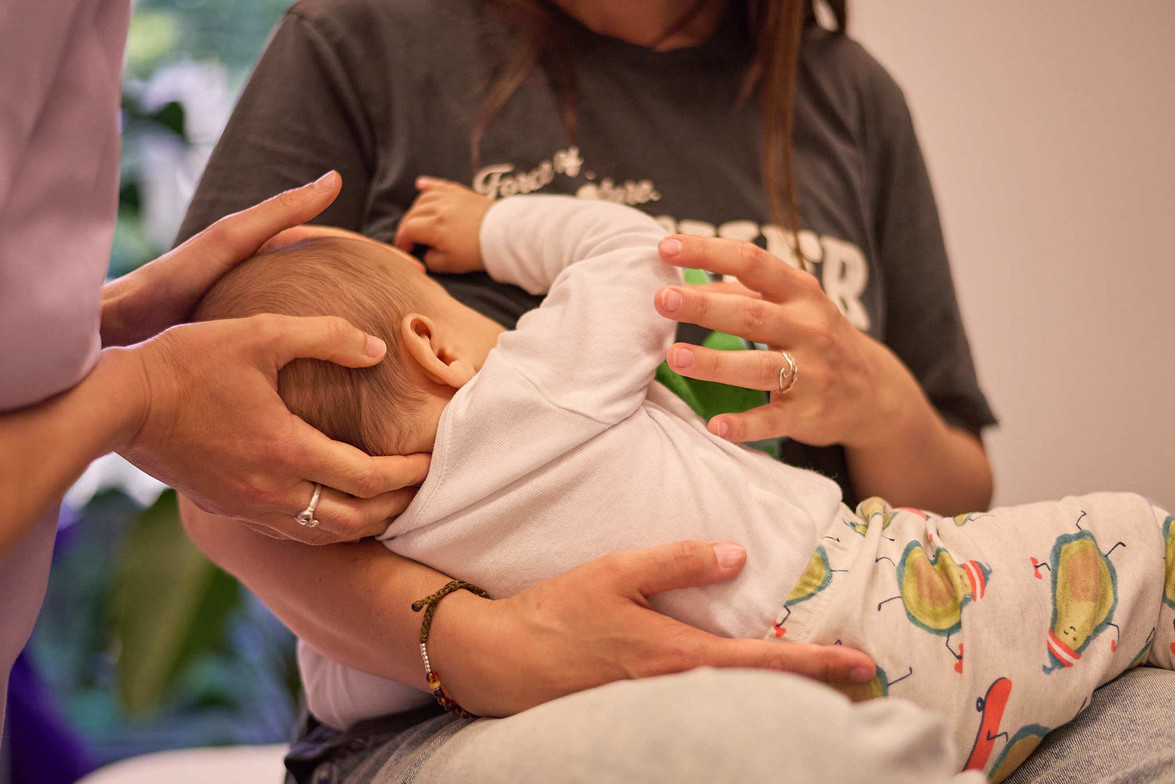
As parents in Vancouver, we want the very best for our little ones,from their first smile to their first steps. One concern that sometimes arises in early infancy is plagiocephaly, commonly known as flat head syndrome. This condition, characterized by a flattening on one side or the back of a baby’s head, can worry many parents. But the good news is that with the right care and support, including osteopathy, babies can improve beautifully.
At Bonjour Osteopathy in Vancouver, Lucile has become a trusted expert in helping babies with plagiocephaly. With extensive training and hands-on experience, she has improved the health and comfort of dozens of babies in the local community.
In France, the Haute Autorité de Santé (HAS) — the national health authority — recommends manual therapy, including physiotherapy and osteopathy, as part of early management for positional plagiocephaly before the age of 6 months. You can read the official guideline here:
HAS - Prevention of Positional Skull Deformities and SIDS (PDF)
What is Baby Plagiocephaly?
Plagiocephaly refers to an asymmetrical flattening of the skull, often occurring when a baby spends a lot of time lying on one side or on their back. This is especially common because of safe sleep guidelines that recommend placing babies on their backs to reduce the risk of Sudden Infant Death Syndrome (SIDS) (know more on Mayo Clinic). While the condition is usually cosmetic, meaning it mostly affects the shape of the head, it can sometimes be linked with restricted neck movement or discomfort for the baby. In some cases, plagiocephaly may be accompanied by torticollis, a condition where a baby has tight neck muscles that cause the head to tilt or turn more to one side. For more information on healthy child development and safe sleep, you can visit the British Columbia Ministry of Health’s Child Health page.

How to identify and differentiate torticollis in babies
Plagiocephaly often appears as a flat spot at the back of the baby’s head. In many cases, you might also notice that the forehead and ear on the same side appear more forward (homolateral asymmetry).
It’s important to check for torticollis, a condition where the neck muscles are tight, causing the baby to tilt or turn their head to one side consistently. The muscle most often involved is the sternocleidomastoid (SCM), which can become very tense and lead to a persistent head position.
How can we tell the difference between congenital and functional torticollis?
-
In congenital torticollis, the baby cannot turn their head to one side, whether actively or passively (even if you gently try to guide it).
-
In functional torticollis, the baby is able to turn their head to both sides, but they may prefer one side or have more limited range on one side. In these cases, with gentle guidance, you can usually move the head fully.
Why early treatment is important
Many pediatricians consider plagiocephaly to be mostly aesthetic and may only address it if it persists between 6 and 12 months. However, by the time referrals are made, valuable time may have been lost.
Interestingly, while the Canadian Paediatric Society does not yet provide detailed guidelines, the French Ministry of Health (known for its conservative and cautious approach) actually recommends early intervention with a combination of physiotherapy and osteopathy, ideally between 0 and 6 months, when treatment is most effective.
If significant asymmetry remains after this window, helmet therapy might be recommended, but this depends on each case and specific measurements.
It’s essential to understand that plagiocephaly is not purely an aesthetic issue. It can affect:
-
Orofacial development, which can influence jaw alignment, speech development, and future dental positioning.
-
Helmet fit and safety for sports later in life (skiing, cycling, hockey, etc.), since standard helmets are designed for symmetrical head shapes.
-
Musculoskeletal health, potentially impacting spinal development and contributing to issues like scoliosis later on.
Early assessment and treatment help support your baby’s healthy development and overall well-being.
Why Does Plagiocephaly Happen?
Several factors can contribute to the development of flat head syndrome:
- Positioning: Babies who spend a lot of time lying on their backs or with their head turned to the same side may develop a flat spot.
- Limited Mobility: Tight neck muscles (torticollis) can make it difficult for babies to turn their heads, increasing pressure on one area.
- Premature Birth: Premature babies often have softer skull bones and may spend more time in one position in the NICU.
- Multiple Births: Twins or triplets may have less room in the womb, leading to positional issues.
- Other medical factors: Less common but still possible causes include craniosynostosis (early fusion of skull sutures) which requires different medical attention.
How Does Osteopathy Help?
Osteopathy is a gentle, hands-on approach to healthcare that focuses on the body’s structure and function. When it comes to babies, osteopathic treatment is tailored to be soft and non-invasive, aiming to support natural growth and development. Lucile from Bonjour Osteopathy specializes in pediatric osteopathy, with a particular focus on plagiocephaly and associated conditions like torticollis. Her expertise comes from extensive training and years of practice helping families in Vancouver and surrounding areas.
What Does Osteopathic Treatment Involve?
During an osteopathic session for a baby with plagiocephaly, Lucile will gently assess the baby’s head shape, neck muscles, and overall mobility. She uses specific techniques to:
- Release tight muscles that may restrict head movement, especially the neck and upper shoulders.
- Encourage better mobility and range of motion in the neck, helping babies turn their heads more freely.
- Support optimal skull growth by improving blood flow and relieving tension in the cranial bones.
- Advise on positioning and handling to reduce pressure on flat spots and encourage symmetrical movement. Sessions are calm, soothing, and designed to be comfortable for your baby and reassuring for you.
Real Results from Expert Care in Vancouver
Lucile’s dedication to pediatric osteopathy has led to the successful treatment of dozens of babies with plagiocephaly. Parents in Vancouver often notice improvements after just a few sessions,not only in the shape of their baby’s head but also in their comfort and ease of movement.
“We were worried about our baby’s flat spot and stiff neck. After a few visits with Lucile, we saw amazing changes , our baby’s head shape improved, and she seemed much happier and more comfortable.” , Sarah L.,
Vancouver mom Lucile’s approach is holistic and compassionate, focusing not just on the physical symptoms but on the overall wellbeing of the baby and family.
Here’s a little story from Lucile herself: “One day, a baby I treated who was very fussy and tense during the first session came in crying. By the third session, the same baby was smiling and relaxed the whole time. Moments like those remind me why I love what I do,helping little ones feel comfortable and giving parents peace of mind.”
When Should You Seek Help?
If you notice your baby consistently favors one side, has a flat spot on their head, or seems uncomfortable turning their neck, it’s a good idea to seek professional advice. Early intervention is key, as babies’ skulls are still soft and malleable in the first months of life, making treatment more effective. At Bonjour Osteopathy, Lucile offers thorough assessments and personalized care plans tailored to each baby’s needs. She also works closely with parents, providing education and support to ensure you feel confident in caring for your baby at home.
Tips for Vancouver Parents to Support Baby’s Head Shape
In addition to osteopathic care, parents in Vancouver can try these simple tips at home to help prevent or improve plagiocephaly:
- Tummy time: Place your baby on their tummy while awake and supervised to strengthen neck muscles and relieve pressure on the head.
- Change head position: Alternate the direction your baby sleeps (head turned left one night, right the next) and encourage looking to both sides during playtime.
- Limit time in car seats and carriers: Avoid prolonged time spent lying on the back in car seats, carriers, or swings.
- Hold your baby often: Carrying your baby upright or in different positions reduces pressure on the head and encourages movement.
Why Choose Bonjour Osteopathy in Vancouver?
Choosing the right care for your baby is important. Lucile at Bonjour Osteopathy stands out because of her specialized training in pediatric osteopathy and plagiocephaly Experience helping dozens of babies improve head shape and mobility Gentle, compassionate approach designed for families in Vancouver Personalized advice and ongoing support for parents.
Lily’s mum shares, “Lily was experiencing some neck stiffness and had a slight flat spot on her head. She also struggled to move her head properly. We were recommended to see a pediatric osteopathic practitioner. That’s when we found Lucile, and we absolutely loved her treatments
If you’re concerned about your baby’s head shape or movement, Lucile is here to help you navigate the best path forward with expert care and kindness.
Book an Appointment Today in Downtown Vancouver
Your baby’s comfort and healthy development matter. If you want to learn more or schedule a consultation with Lucile at Bonjour Osteopathy in Vancouver, don’t hesitate to get in touch. Early osteopathic support can make a big difference in your baby’s growth and wellbeing.
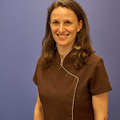
Lucile Delorme
Contact Me
